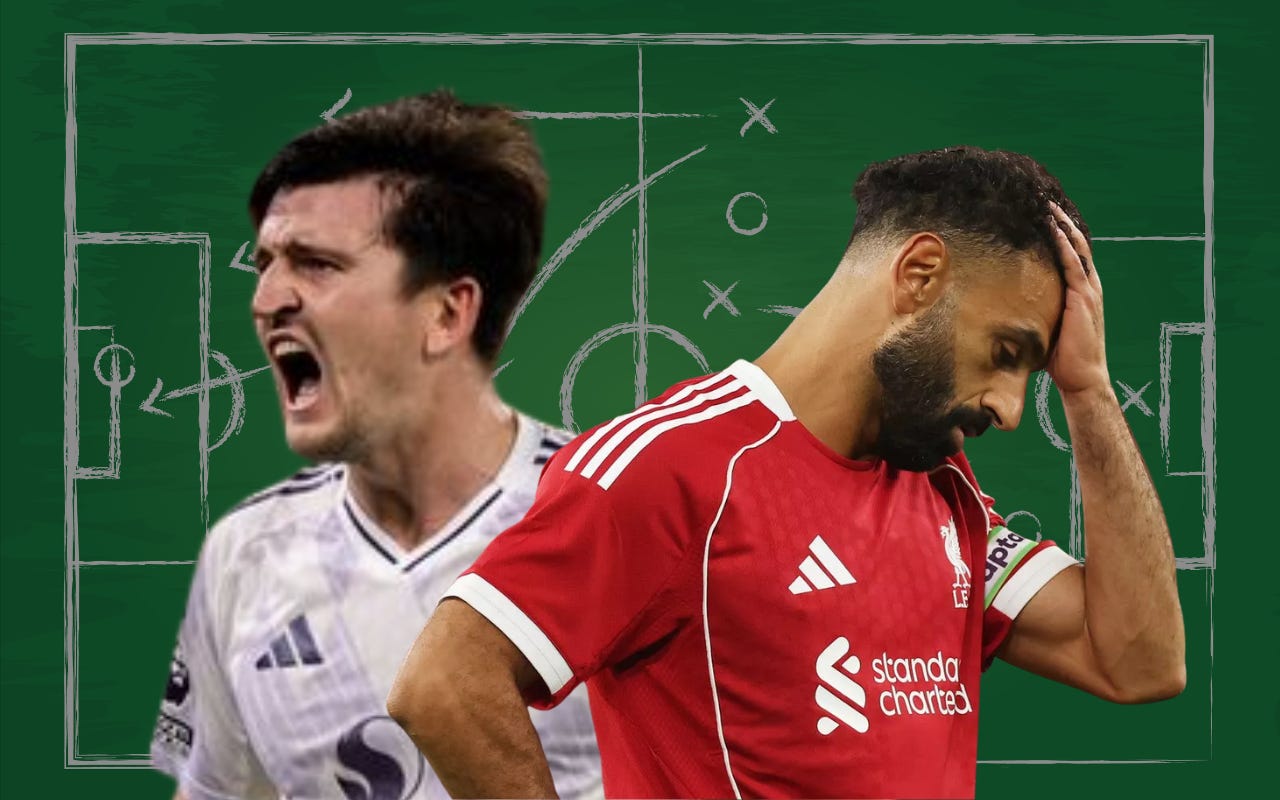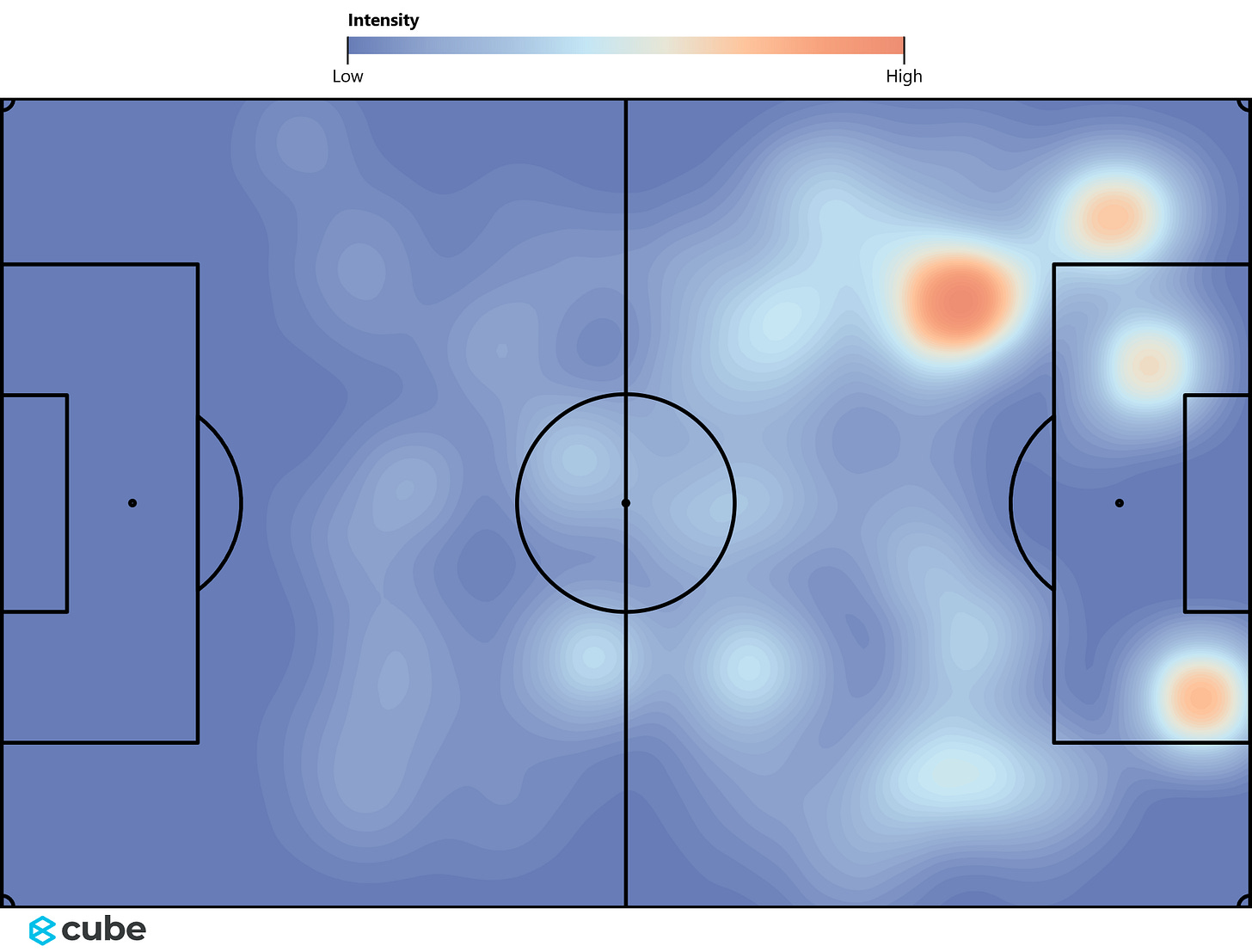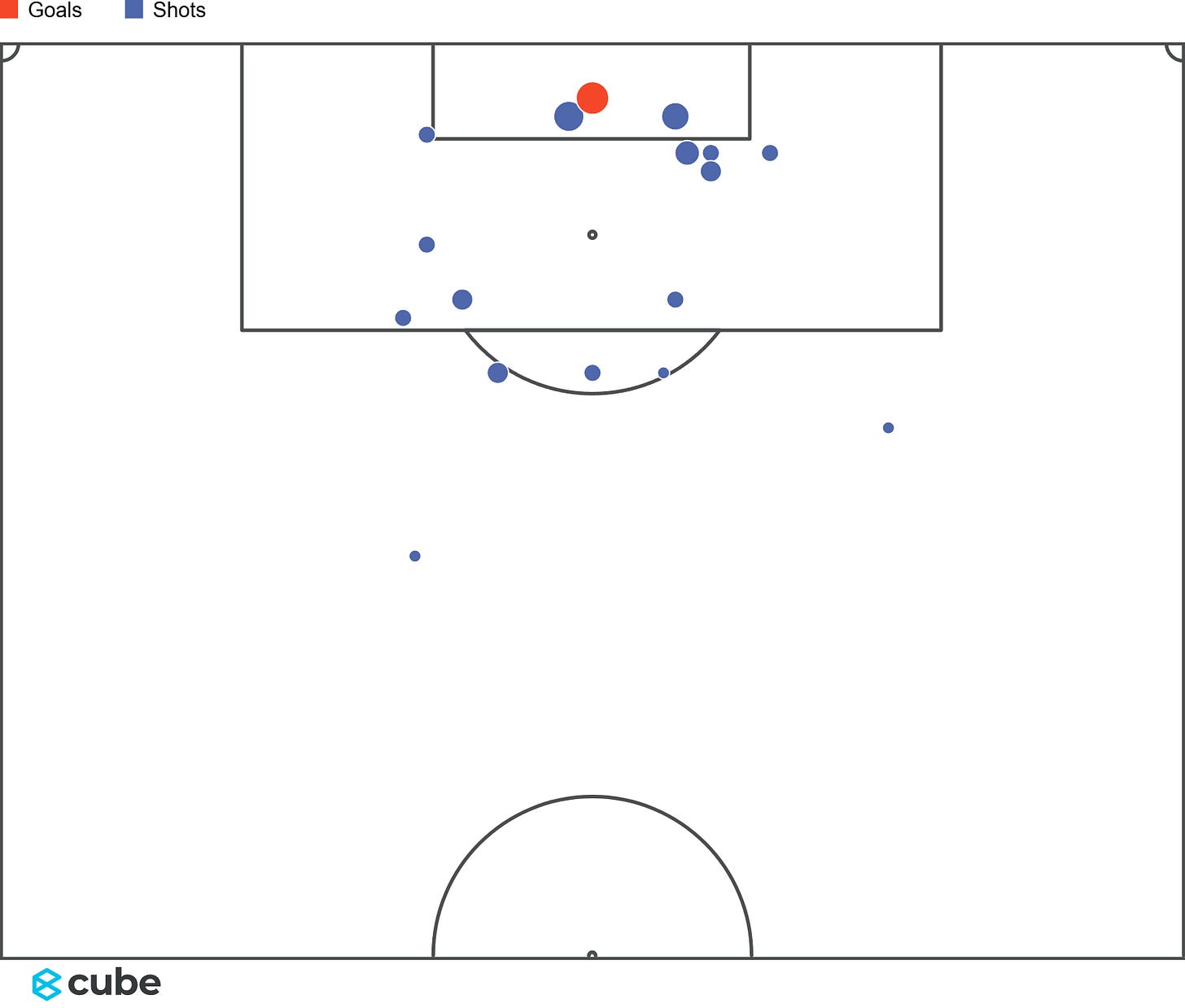Liverpool’s System Collapse: A Data-Driven Dissection of the United Defeat
Liverpool’s xG Advantage Means Nothing Without Structure
Liverpool 1-2 Manchester United: No Plan, No Rhythm, No Excuse
When it rains, it pours. Liverpool’s 2-1 defeat to Manchester United at Anfield was a glaring reflection of a team drifting without structure. It was their first home defeat to United since 2016, and their fourth competitive loss in a row, which is their worst run since the Rodgers era in 2014.
Slot’s decisions made things worse. After three straight defeats before the international break, he responded not with changes, but with stubborn repetition. The same eleven that lost to Chelsea started again. That is not loyalty to players, it is a refusal to adapt. Wirtz was benched again. Isak started. Ekitiké was left out of the front line, and Frimpong, despite offering more than Bradley in the final third, was once again overlooked.
Manchester United, for their part, made their own strange call. Šeško was benched, which raised eyebrows considering United’s plan to bypass the midfield with long passes and hunt for second balls. That plan still produced results. In the second minute, Mac Allister suffered a head injury, but referee Michael Oliver waved play on. Van Dijk stepped out to challenge Fernandes, leaving Diallo space. Konaté held the line, Van Dijk did not. Mbeumo, played onside, scored from a strike that Mamardashvili could have done better with.
Tactical drift and wasted resources
United did not press Liverpool in the build-up, which meant some of Liverpool’s regular problems in possession did not fully show. But other issues surfaced. Gravenberch repeatedly had to drop into the first line to help progress the ball, while Szoboszlai and Mac Allister pushed up high into areas where they received little support. The structure was vague, the movements disconnected.
United were more coherent in transitions. Fernandes struck the post. Kerkez, normally sharp, struggled throughout. Gakpo, lively at times, hit the post twice, once from a Salah-led counter and once from a cross. Isak missed a significant chance after being set up inside the box. Lemmens saved it, but it lacked conviction.
In the second half, Slot made changes. Jones, Wirtz and Ekitiké entered the pitch. Szoboszlai dropped back into a hybrid full-back role again. United, perhaps reacting to Liverpool’s new energy, became passive. Possession tilted, and the momentum with it. Isak faded out of the match. Jones and Wirtz brought composure and energy in central areas, while Liverpool focused their attacks down the left.
Eventually, Wirtz found Chiesa, who had replaced Isak. His driven cross picked out Gakpo, and after two near-misses, he finally scored. It was deserved. Liverpool had control, the Kop roared, and the match felt like it had flipped.
But vulnerabilities remained. Szoboszlai twice mistimed his leap when contesting aerial duels. He also had to make a crucial block when Cunha took aim from the left side of the penalty box. Then came the fatal lapse. A short corner fell to Mbeumo, whose shot was blocked. Liverpool’s midfield stepped forward too early. Fernandes delivered an instinctive first-time cross to the far post, where multiple United players were unmarked. Maguire headed in the winner, unchallenged.





